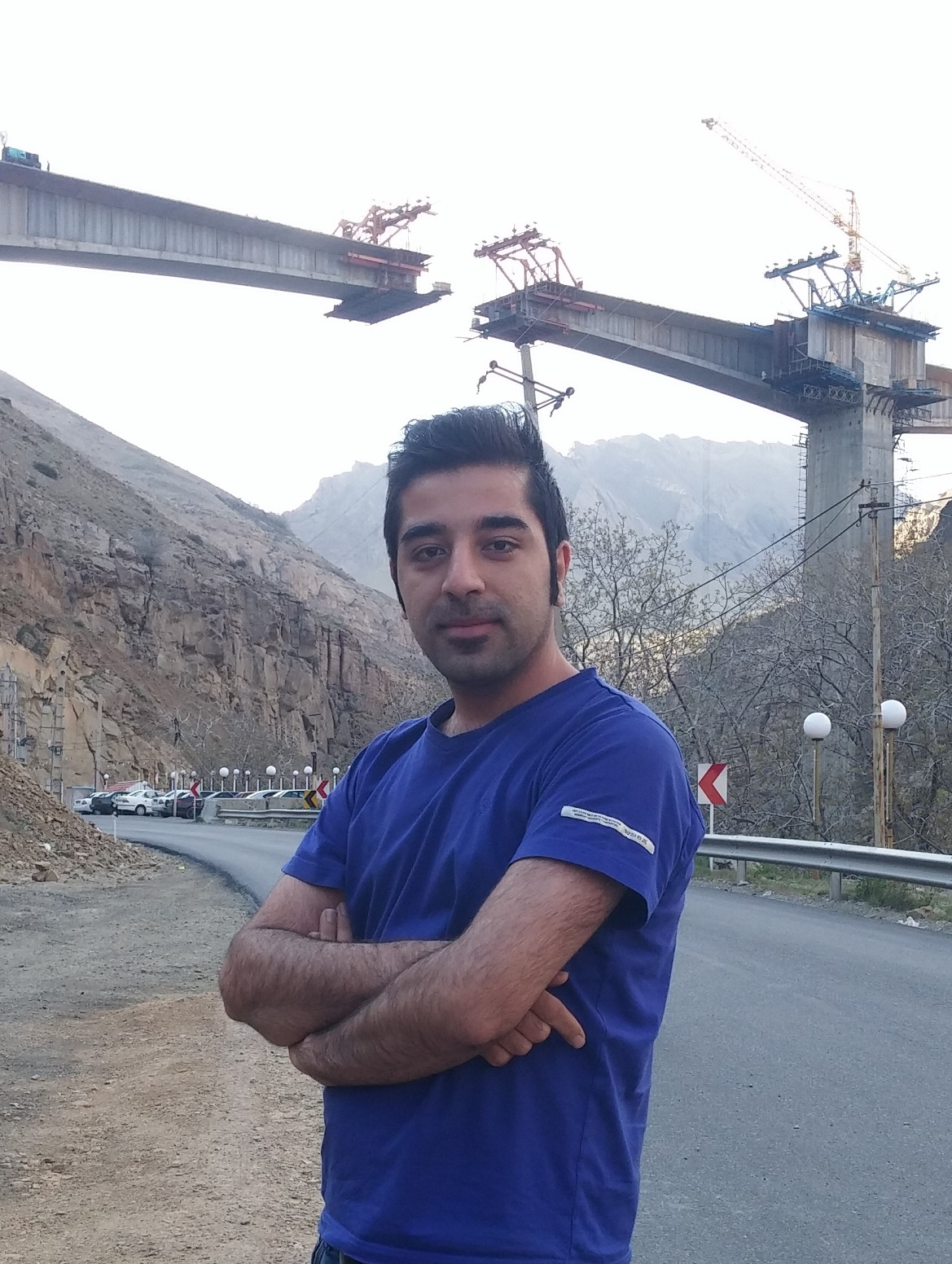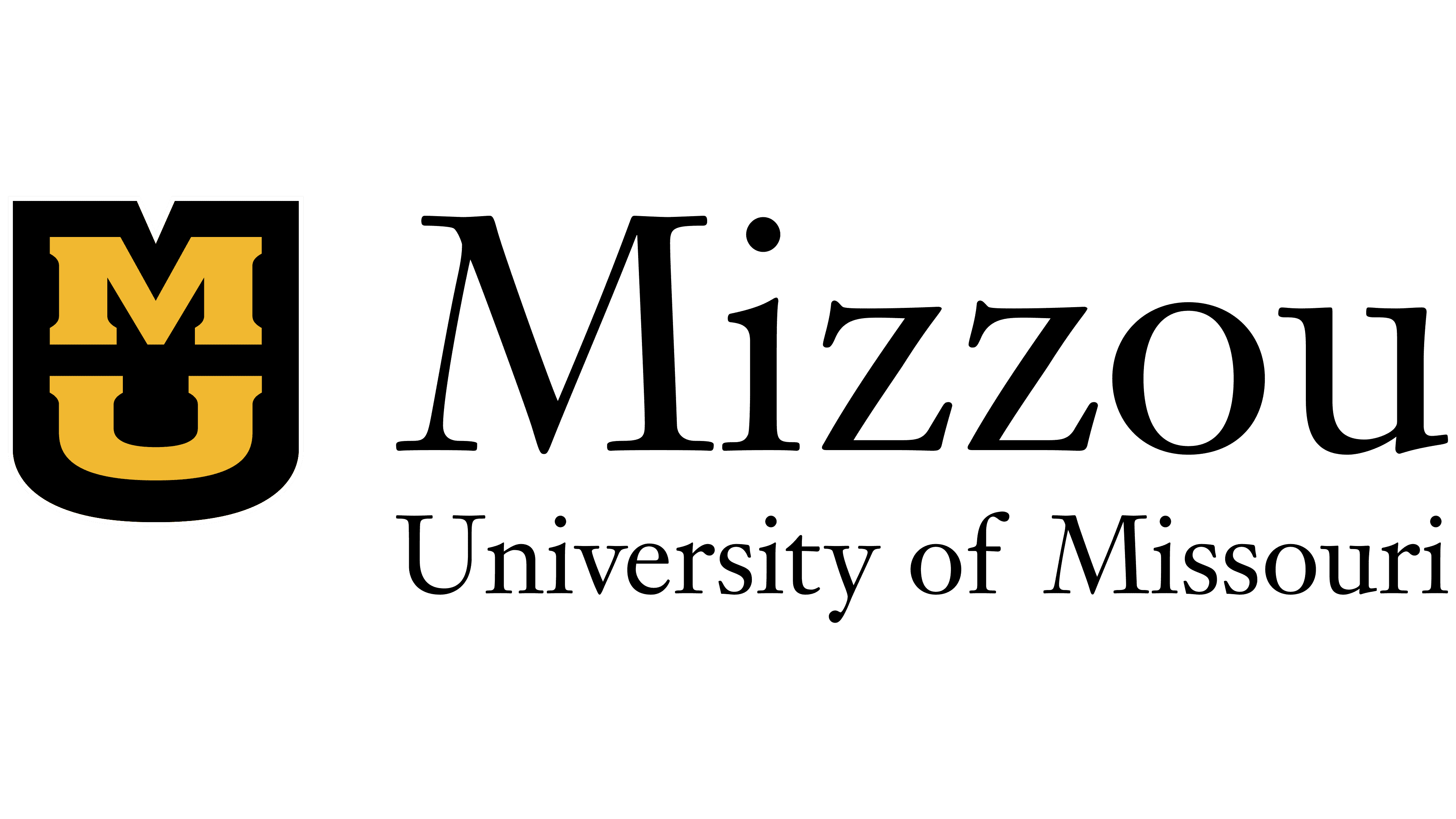|
I am a PhD Candidate in Computer Science at the University of Missouri, advised by Prof. K. Palaniappan at the Computational Imaging & Vision Analysis (CIVA) Lab. My research focuses on computer vision, deep learning, and their applications in robotics and scientific analysis. Previously, I received a dual M.Sc. & B.Sc. in Dynamical & Control Systems from Sharif University of Technology and an M.Sc. in Computer & Electrical Engineering from the University of Missouri. Email / CV / Google Scholar / Github / LinkedIn |

|

|
|
|
I am a PhD student specializing in computer vision, with a robust interdisciplinary background in control systems and algorithm optimization. This fusion of expertise enables me to innovate at the intersection of computer vision, machine learning, and dynamical systems. My doctoral work involves developing deep learning frameworks for 3D reconstruction, real-time feature tracking, and explainable AI (XAI). My skills include Computer Vision (Object Tracking, SfM, GANs), Control Theory, and programming in Pytorch, Python, and C++. |
|
My doctoral research focuses on the following areas: Algorithms:
|
|
GFR-CAM: Gram-Schmidt Feature Reduction for Hierarchical CAMs
Automated Feature Tracking for Real-Time Kinematic Analysis and Shape Estimation of Carbon Nanotube Growth
Predicting Mechanical Properties of CNT Images Using MLS
Creating semi-Quanta MLS CNT images using CycleGAN
CNT Forest Self-Assembly Insights from In-situ ESEM Synthesis
Stabilizing unstable periodic orbit of unknown fractional-order systems via adaptive delayed feedback control
Adaptive synchronization of uncertain fractional-order chaotic systems using sliding mode control techniques |
|
Internship Researcher May 2023 – Aug 2023
Team Leader Oct 2018 – Oct 2019 |
|
Impact of Motion and Eye-Tracking Data in Augmented Reality Learning We conducted a series of experiments to explore the impact of metacognitive monitoring feedback within a novel motion- and location-based augmented reality (AR) learning environment. Additionally, we examined how motion and eye-tracking data changed in response to metacognitive monitoring feedback and analyzed their relationship with students' AR learning outcomes. |
|
Best Thesis Award for Practical Application, Sharif University, 2016 |